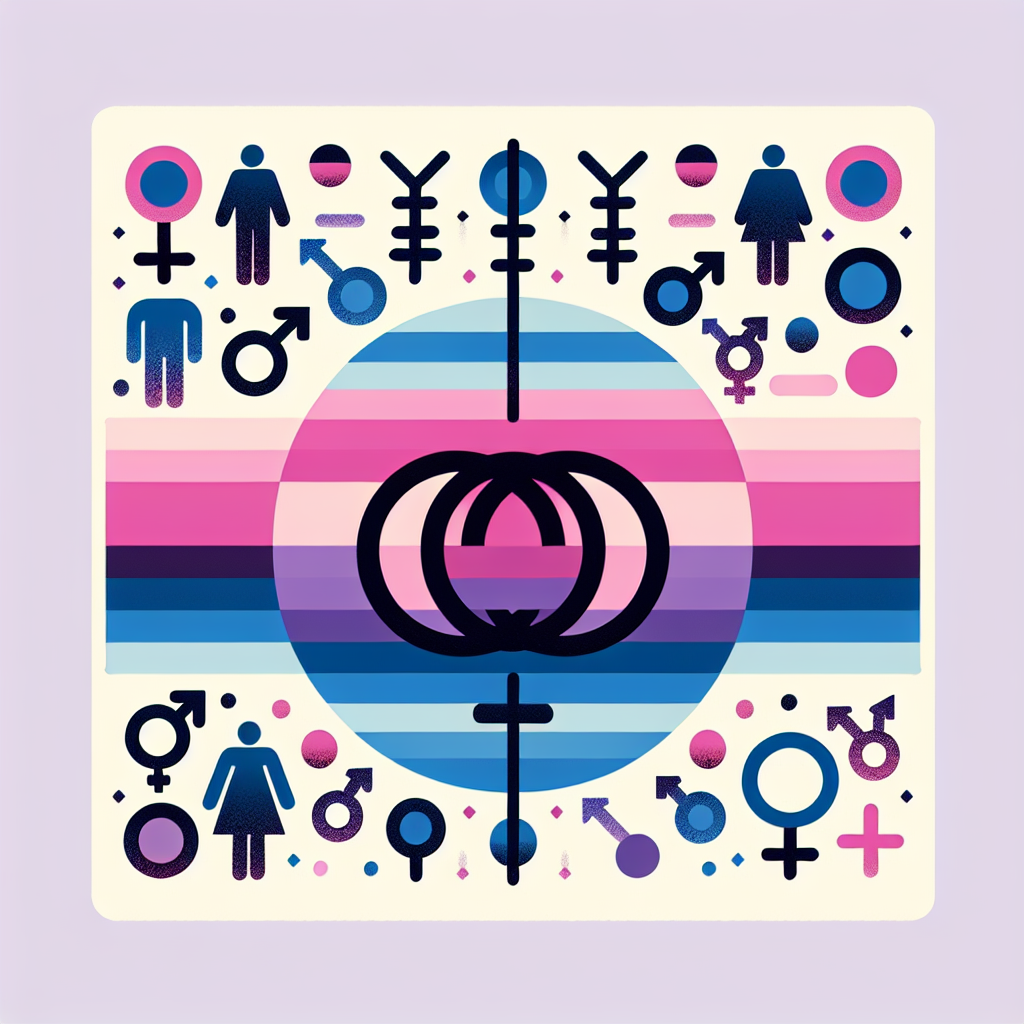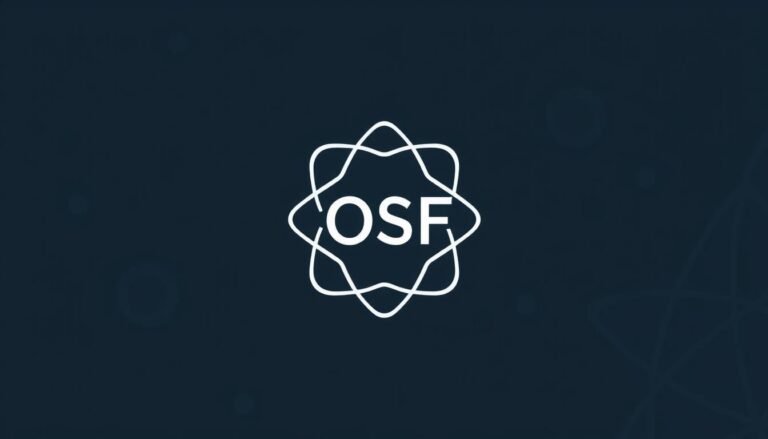
Introduction
In a world that is constantly evolving, one of the most significant conversations we are having today revolves around gender identity. The understanding of gender has transformed dramatically, moving beyond the traditional binary classifications of male and female. As we navigate this discourse, the exploration of gender fluidity emerges as an important focal point, bringing forth the experiences of non-binary and genderqueer individuals. This article, “Understanding Gender Fluidity: A Deep Dive into Non-Binary and Genderqueer Experiences,” seeks to illuminate this complex tapestry of identities, fostering empathy, knowledge, and awareness.
Understanding Gender Fluidity
What is Gender Fluidity?
Gender fluidity is an identity where individuals do not strictly identify as a single gender. Instead, their gender identity may shift over time or in varying contexts. This fluidity can manifest in various forms—some may feel more masculine one day and more feminine the next, while others may reject traditional gender constructs entirely. By embracing a wider spectrum beyond the binary, we acknowledge that gender is not a fixed label but rather a dynamic and evolving experience.
Exploring Non-Binary Identities
Non-binary is a broad category that encompasses anyone who does not exclusively identify with the male or female genders. This could include individuals who identify as both genders, neither, or something entirely different. Non-binary individuals often prefer pronouns such as "they/them" and may express their gender in diverse ways through clothing, language, and behavior.
The Genderqueer Experience
Genderqueer is a term often associated with non-binary identities, where individuals refuse the limitations of conventional gender definitions. Genderqueer people might combine aspects of both masculinity and femininity, or they may inhabit a space outside of these categories altogether. Central to genderqueer experiences is the autonomy over one’s identity and expression, often serving as a challenge to societal norms.
The Importance of Gender Inclusivity
Why is Gender Fluidity Important?
Understanding gender fluidity is crucial for fostering inclusivity within society. The acknowledgment of non-binary and genderqueer identities validates personal experiences, enhances mental well-being, and reduces discrimination. When we respect and affirm diverse gender identities, we contribute to healthier, more vibrant communities.
Case Study: Implementing Inclusivity in the Workplace
A Tech Company’s Journey
Consider a technology company that implemented a comprehensive inclusivity program focused on understanding gender fluidity. They encouraged employees to share their pronouns during introductions, provided gender-neutral bathroom facilities, and conducted workshops on gender diversity. As a result, they noticed a significant increase in employee satisfaction and productivity, showcasing that inclusivity drives workplace success.
Analysis
This case study emphasizes the tangible benefits of inclusivity. By creating a supportive environment, the company not only enhanced employee morale but also attracted a diverse talent pool, proving that understanding gender fluidity can have far-reaching implications on business performance.
Table: Benefits of Gender Inclusivity in the Workplace
| Benefit | Description |
|---|---|
| Improved Employee Morale | Acknowledging diverse identities fosters trust and respect. |
| Enhanced Creativity | Varied perspectives can lead to innovative solutions. |
| Broader Talent Pool | Inclusivity attracts a wider range of candidates. |
| Reduced Turnover | A supportive environment encourages employee retention. |
Navigating the Spectrum of Gender Fluidity
Identifying Gender Fluidity: Symptoms and Signs
While every individual’s experience is unique, some common signs may indicate a gender fluid identity. These can include:
- Shifting preferences for clothing and grooming.
- Variability in pronoun preference over time.
- Emotional resonance with multiple gender identities.
Case Study: Familial Understanding and Support
A Family’s Journey with their Gender-Fluid Child
When 12-year-old Alex began expressing discomfort with their assigned gender, their family took action by educating themselves. They engaged in open conversations, supported Alex’s clothing choices, and ensured their friends used the correct pronouns. This proactive approach not only strengthened family ties but also provided Alex with the confidence to express themselves authentically.
Analysis
This case underscores the importance of support systems in the journeys of gender-fluid individuals. When families and communities commit to understanding gender fluidity, they create safe spaces for personal exploration and expression.
Table: Strategies for Supporting Gender Fluid Individuals
| Strategy | Description |
|---|---|
| Open Dialogue | Facilitate honest conversations about identity. |
| Affirmation of Identity | Validate their gender expression and preferences. |
| Education | Share resources and literature on gender diversity. |
| Create Safe Spaces | Establish environments where they feel safe to express themselves. |
Challenges Faced by Non-Binary and Genderqueer Individuals
Societal Misunderstandings
Despite progress, non-binary and genderqueer individuals continue to face numerous challenges, including misunderstanding and discrimination. Many people are still unfamiliar with these identities, leading to invalidation and exclusion.
Mental Health Implications
The societal stigma surrounding gender fluidity can have profound effects on mental health. Many non-binary and genderqueer individuals report higher rates of anxiety, depression, and suicidal ideation compared to their cisgender counterparts. It highlights the urgent need for psychological support tailored to their experiences.
Case Study: Mental Health Support in Communities
Community Initiatives for Mental Health
A local nonprofit organization focused on mental health established support groups explicitly for non-binary and genderqueer individuals. By offering safe space for sharing experiences and coping strategies, they have seen lower rates of anxiety and stronger community bonds among participants.
Analysis
This case illustrates the potential of targeted support initiatives. Creating environments where non-binary and genderqueer individuals can find allies and share their journeys promotes mental health and overall well-being.
Table: Mental Health Statistics for Non-Binary Individuals
| Statistic | Percentage |
|---|---|
| Higher anxiety levels than cisgender peers | 43% |
| Experiences of depression | 29% |
| Prevalence of suicidal ideation | 16% |
Celebrating Diversity: The Future of Gender Fluidity Awareness
Campaigns and Movements
Many organizations are working to raise awareness and celebrate the richness of gender diversity. Campaigns such as “Non-Binary Awareness Week” and initiatives led by LGBTQ+ activists are gaining momentum, further promoting understanding of gender fluidity.
Educational Outreach
Schools and educational institutions are beginning to integrate gender studies into their curricula, which can help dismantle stereotypes and promote empathy among young people. Teaching about gender diversity early on can foster systemic change and promote a more inclusive society.
Conclusion
Understanding gender fluidity and embracing non-binary and genderqueer experiences is an important journey toward inclusivity. By validating diverse identities, challenging societal norms, and promoting dialogue, we can help cultivate a world where everyone feels accepted and respected. Each step we take in understanding gender fluidity enriches our communities, enhances love and acceptance, and ultimately strengthens the human spirit.
FAQs
1. What does it mean to be gender fluid?
Gender fluid refers to those who experience a flexible understanding or expression of their gender identity, shifting between masculine, feminine, both, or neither.
2. How can I support a gender fluid friend or family member?
Support can include using their chosen name and pronouns, engaging in open conversations about identity, and educating yourself about gender diversity.
3. What should I do if I misgender someone?
Apologize sincerely, correct yourself, and move on without making a fuss. Acknowledging the mistake is important, but drawing excessive attention to it can make the individual uncomfortable.
4. Are there specific challenges faced by non-binary individuals?
Yes, non-binary individuals often face discrimination, lack of understanding, and heightened mental health risks due to societal stigma.
5. How can workplaces become more inclusive for gender fluid individuals?
Workplaces can implement policies that respect chosen names and pronouns, provide gender-neutral bathroom facilities, and conduct training on gender inclusivity.
In embracing these conversations and integrating a deeper understanding of gender fluidity into our communities, we lay the groundwork for a more inclusive and compassionate world. Let’s commit to celebrating every individual’s truth!

















